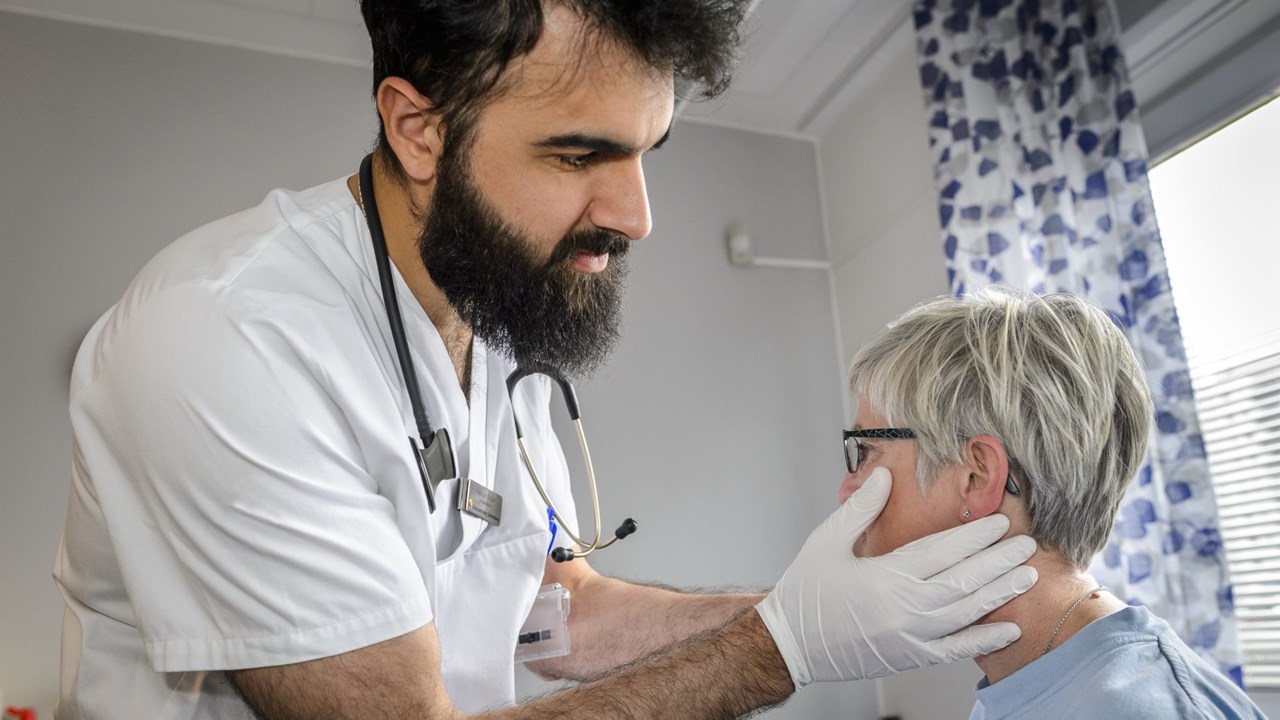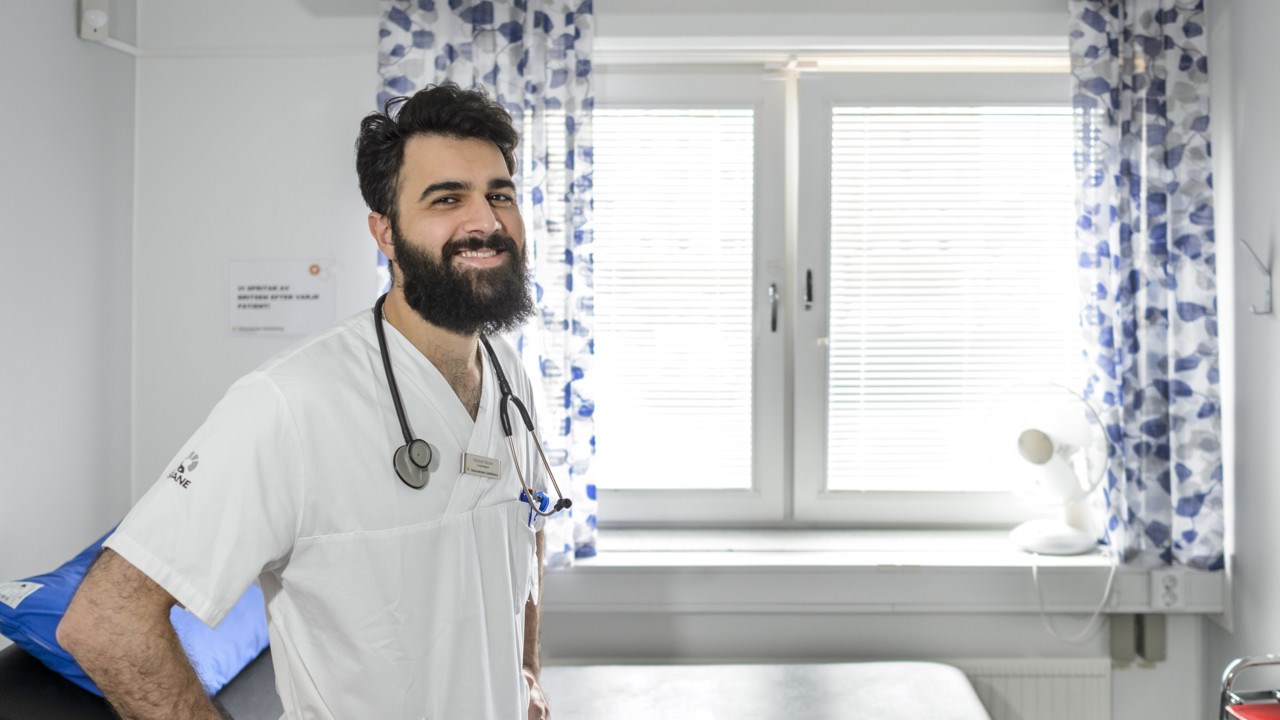Two-part test
The proficiency test – given four times per year – is split into two parts to test theoretical and practical proficiency.
Those who pass both tests must then take a course on the Swedish constitution, show proof of approved Swedish proficiency, and undergo practical service before they can apply for a medical licence from the National Board of Health and Welfare.
Applicants have three attempts to pass the theoretical part and two for the practical part.
So far, 51 people have been approved on the theoretical test and 15 on the practical test.



